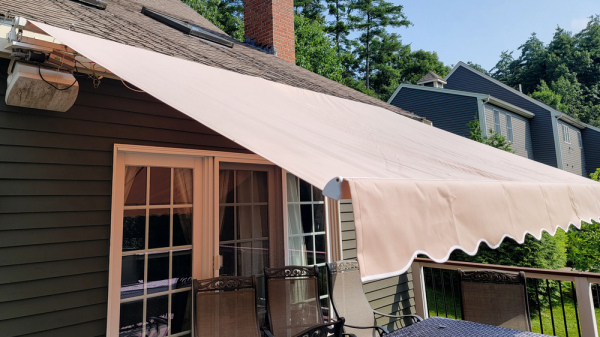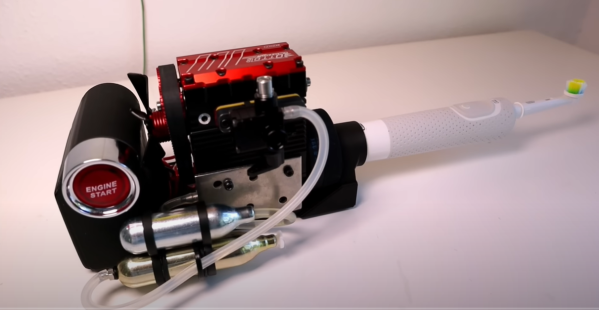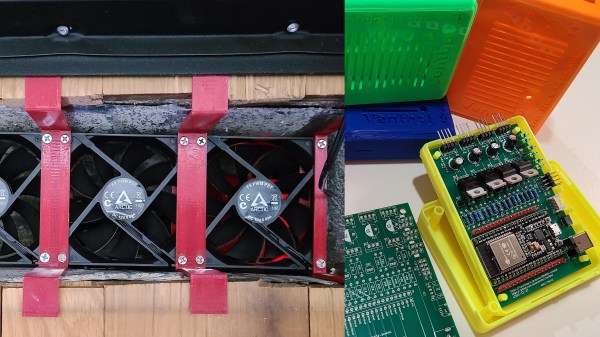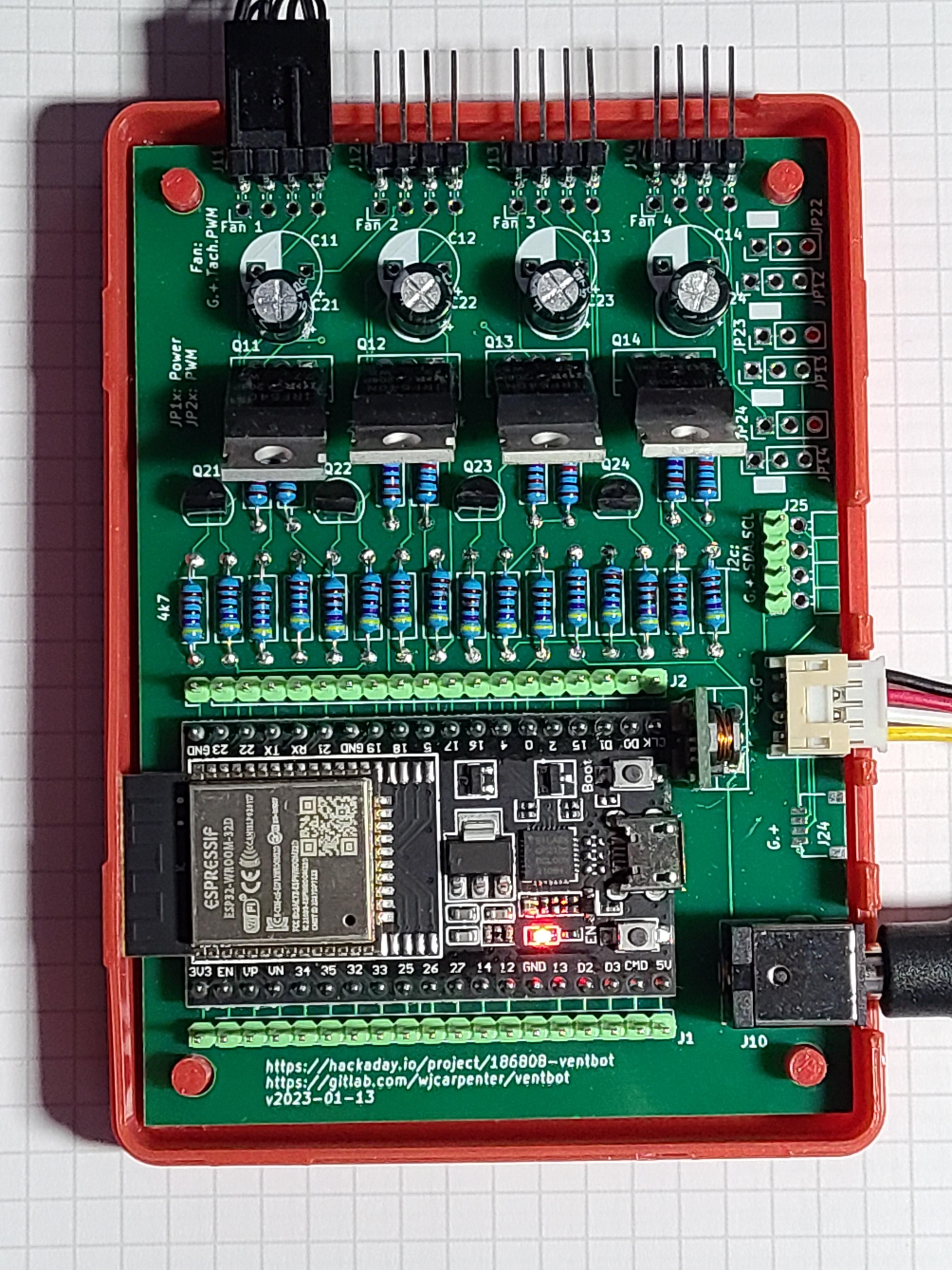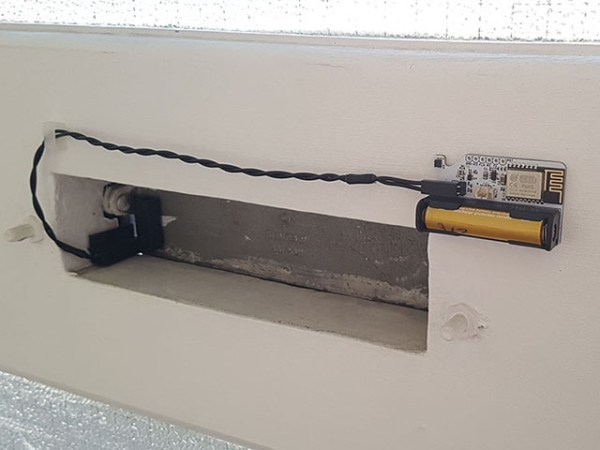Awnings can be architecturally beautiful, and they provide lovely shelter from the sun and even a bit of rain. They don’t always like taking a pounding from high winds though. [Steve Carey] installed some nice awnings, but wanted to avoid any potential issues, so he built an automated system to extend and retract them for him.
An ESP32 serves as the brains of the operation. It’s set up to open and close the blinds using a high-torque brushed motor run by a BTS7960 motor driver. The motor turns the awning’s rod via a hook, so it can be readily removed in the event [Steve] moves house. Reed switches are used as end stops to ensure the motor stops when the awning is fully open or closed. The ESP32 is hooked up to an accelerometer mounted on the awning. It’s set up to sum the accelerations detected in all three axes, and close the awning in the event conditions get too windy.
There’s a certain peace of mind that comes with having your awning hooked up with a preventative safety system. We don’t have a lot of awning posts on Hackaday, but we have seen a good number of automated blinds in the past. If you’ve been working on your own outdoor home automation gear, be sure to hit up the tipsline! Happy…awnings…ing? Anyway.

